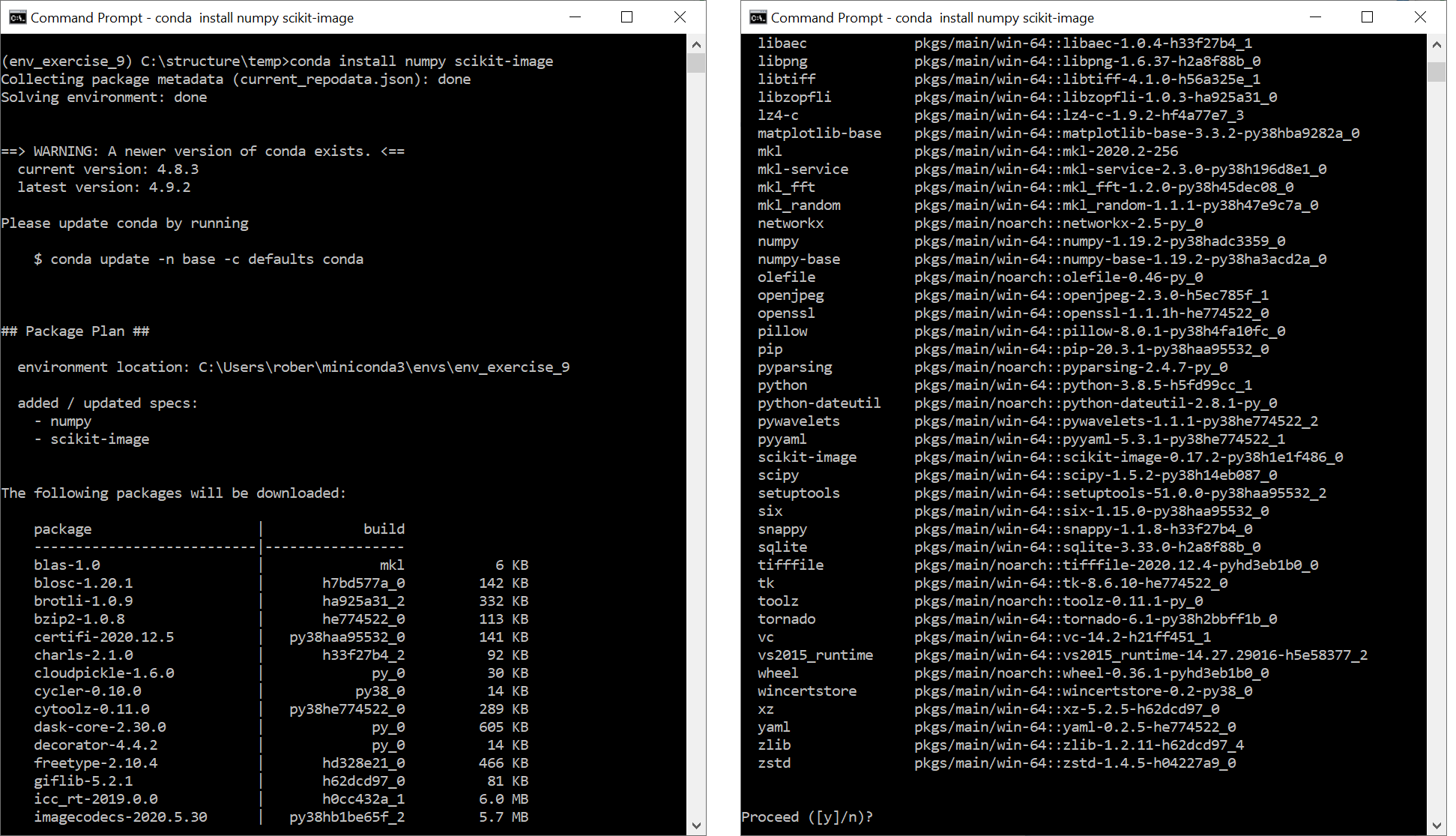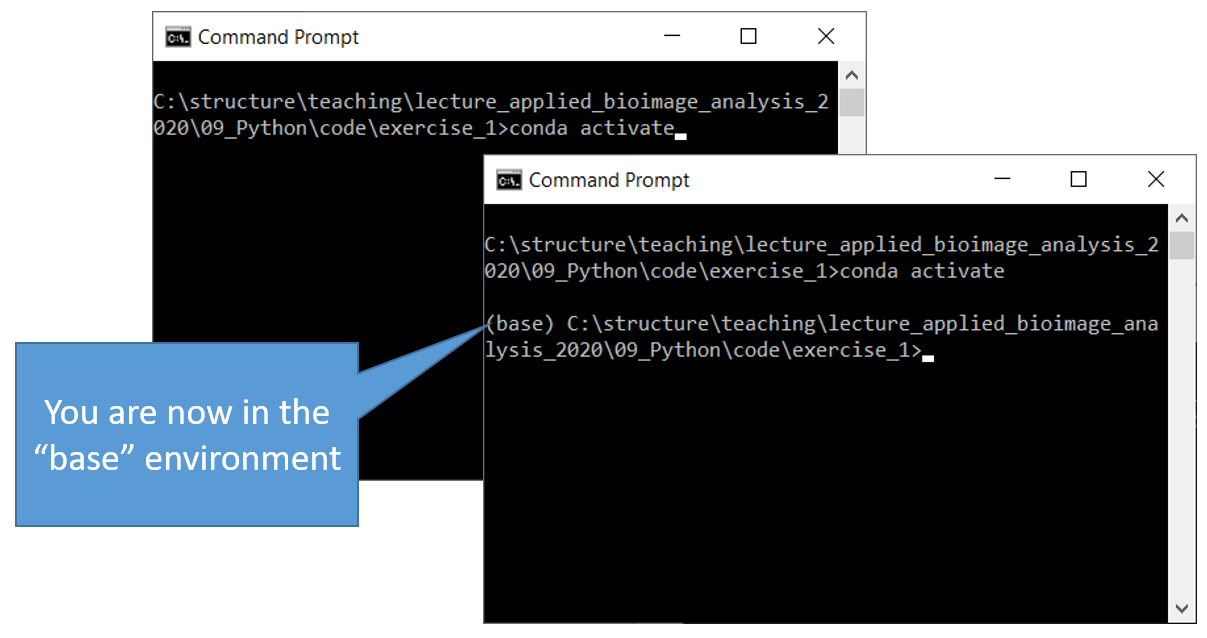
_libgcc_mutex conda-forge/linux-64::_libgcc_mutex-0.1-conda_forge
#See conda python version install#
Of course, there is also Miniconda, which uses Conda underneath too without all these additional packages, but… Unnecessary packages added during installationįor example, if we ran the command conda install -c conda-forge numpy=1.22.3, we would see the following in the terminal: The following NEW packages will be INSTALLED:

Having all these unnecessary packages will only take up extra disk space and memory, which could be better used for something more important. However, when it comes to an actual project in production, we typically do not want to have so many packages that we do not actually need.
#See conda python version how to#
This is useful for a beginner who has just started learning how to use Python to do data science related work, and might not want to spend too much time trying to figure out how to get the dependencies they need. # packages in environment at /home/user/anaconda3: If we ran the command conda list in the base environment, we might see something like this in the terminal: (base) user:~$ conda list I know, “ditch xx totally” is a pretty strong phrase right there, but I have my reasons for saying this. Ditch Conda totally if you plan to do Python programming for production Now this is where I try to convince you that Poetry is the best choice out of the 3 dependency management tools I described earlier. More information about Poetry can be found in its documentation. The use of pyproject.toml and poetry.lock files make it similar to the way the Node Package Manager (npm) for Node.js works.

Conda: Conda is a dependency management tool that comes with Anaconda.Startersīefore we go further, I think it would be good to understand a bit more about the different dependency management tools that we will be comparing. I only include Pip, Conda and Poetry in this article as these are the tools that I have personally used. While it is understandable that different people have different preferences for dependency management tools, I would like to share more about why you might be better off using Poetry instead of Pip or Conda. There are various tools out there that manage dependencies for Python projects, such as Pip, Conda and even Poetry. Developing complex applications with the Python programming language is one such case.


A comparison between different dependency management tools for Python projectsĭependency management is an important aspect of any programming project that requires us to use functionalities in external libraries and packages (libraries and packages that do not come with our programming environment by default).


 0 kommentar(er)
0 kommentar(er)
